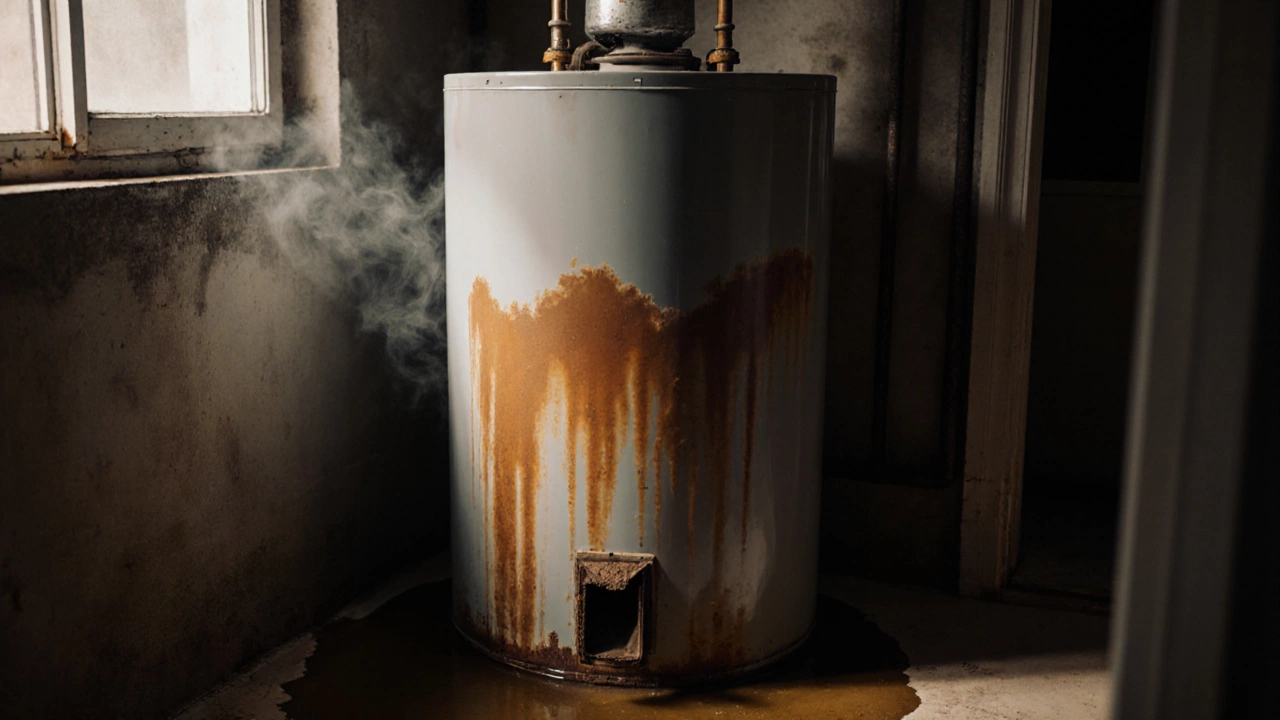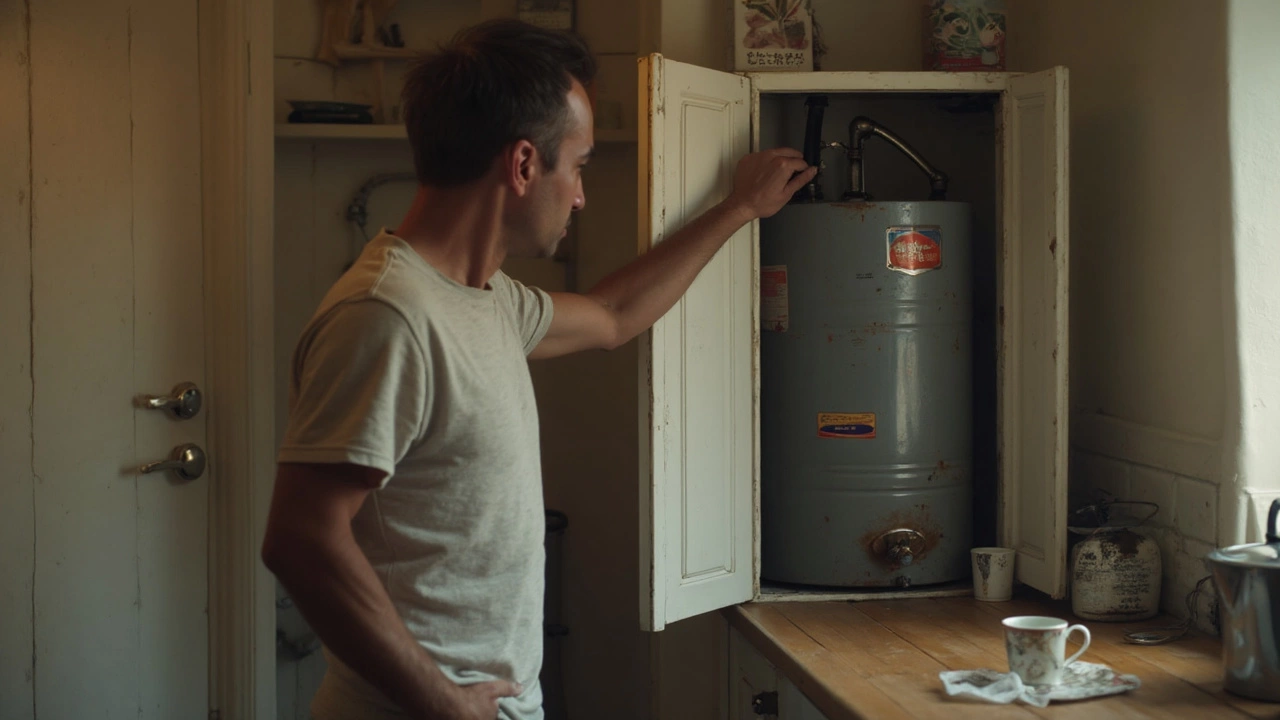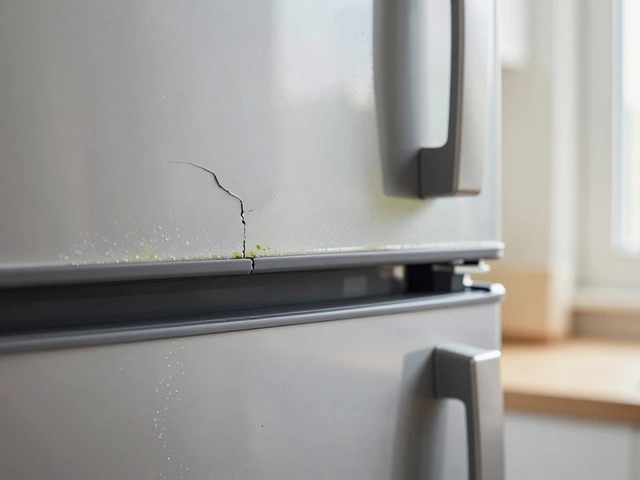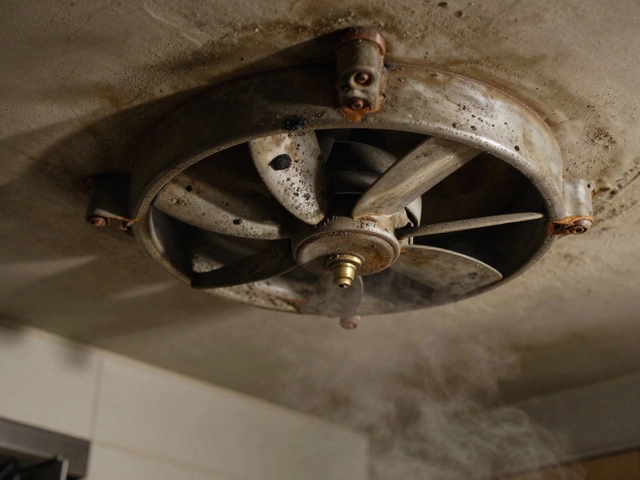Old Water Heater Repair and Replacement Guide
When working with Old Water Heater, a home heating appliance that has been in service for many years and may show signs of wear. Also known as aging water heater, it often struggles to deliver consistent hot water. If you’re dealing with sputtering or cold showers, the first suspects are usually the heating element or the thermostat. The heating element converts energy into heat, and the thermostat tells the system when to turn on or off. Together they form the core of any water heater and dictate how well an old unit performs.
One common semantic link is that an old water heater often suffers from a failing heating element, which leads to inconsistent water temperature. Another is that the thermostat’s calibration drifts over time, causing the unit to overheat or shut off prematurely. When these two components misbehave, many homeowners wonder whether to repair or replace. The decision usually hinges on the age of the appliance, the cost of parts, and the energy‑efficiency gap between the old unit and a modern boiler or tank‑less system. A boiler can provide continuous hot water and typically lasts longer, so it often influences the choice to retire an aging water heater.
Common Problems and When to Call a Pro
First, check for obvious signs: strange noises, water leaking at the base, or a rusty hue in the water. A sputtering sound often points to mineral buildup on the heating element—cleaning it can revive performance. If the thermostat clicks erratically, you might need a replacement valve. When the unit shows any sign of corrosion, rust, or leaking from the tank, the structural integrity is compromised, and patch‑up fixes become unsafe. At that stage, professional help is the smart move. A qualified technician can perform a pressure test, verify the anode rod’s condition, and ensure the gas or electrical connections meet safety codes.
Energy consumption is another angle. Older models can waste up to 30% more electricity or gas than newer units. Updating the thermostat to a programmable model can shave a few pounds off the bill, but the biggest savings usually come from swapping the whole system. If the water heater is over 10‑12 years old, the return on investment for a new high‑efficiency model often outweighs the repair costs. Homeowners who prioritize green living should also consider a tank‑less design, which eliminates standby losses entirely.
Finally, maintenance habits matter. Flushing the tank once a year removes sediment that shortens the heating element’s life. Testing the pressure‑relief valve every six months keeps the system safe. Keeping the area around the unit clear of clutter improves airflow and reduces overheating risk. By following these simple steps, you can decide whether the old water heater still has a few good years left or if it’s time to upgrade to a more reliable solution.
Below you’ll find a curated list of articles that break down each of these topics in detail—diagnosing cold showers, comparing repair costs, understanding boiler alternatives, and more. Dive in to get the specific guidance you need for your home’s hot‑water setup.
Watch for signs like no hot water, strange noises, leaks, rust, or high bills-these mean your water heater is failing. Don’t wait for a burst. Replace it before it floods your home.
Wondering if it makes sense to fix a 20-year-old water heater? This article breaks down signs of aging, what repairs might actually work, how much repairs can cost, and when you should call it quits and replace the thing. You'll get no-nonsense tips to help you make a smart choice before throwing more money at a tired water heater.
Wondering if you should flush your 10-year-old water heater? It's more critical than you might think. Discover the benefits of flushing, signs you can't ignore, and simple steps to keep your heater in top shape. Ignoring maintenance could lead to costly repairs or replacements. Learn how to extend your heater's life today with practical tips and advice.




